Is it okay to have more than one plant per pot?
jandey1
13 years ago
Featured Answer
Sort by:Oldest
Comments (17)
jandey1
13 years agoiowajojo
13 years agoRelated Discussions
What do you have more than one of 'cause you love it?
Comments (8)I used to have a lot more duplicates, but downsizing and Old Man Winter have eliminated most of them. On BOGOs from Maryott, I used to plant one in the ground and one in a pot for hybridizing. I still have Inimitable and Levi Davis both in the ground and in a pot. Until this spring, I had two clumps of Ruby Lipstick and Annabelle's Blush, but sold the extras to make room for new daylilies. I like to divide my lates and spread them around. I currently have three clumps of Royal Jester and two clumps of Techny Peach Lace, although I'm pretty sure I'm getting rid of both clumps of Techny Peach Lace. Since it bouquet blooms, the show is over in three weeks, and I have much better performing lates now in the same color range (Kentucky Lucky, for example bloomed last year for almost 8 weeks). At one time I had three clumps of Westbourne Good Old Days. I kept dividing it because it was such a vigorous grower. Now I have two clumps, and plan to sell off the smaller one in the future. If I were going to mass plant any of the daylilies I currently own, it would be Edge of Your Seat (because of the terrific repeat bloom) or Ruby Lipstick, which is well budded and usually throws a few reblooms scapes. Debra...See MoreHosta Duplicates---Why do you have more than one?
Comments (15)I believe in "MO BETTER." Like Jo, if one is good, the MO is BETTER. With plantaginea, I have 8. Sagae has 2 in one pot, I want to see a big plant quicker. Royal Standard, about 3, because I love it and it is fertile So Sweet 2 Frozen Margarita 2 Grape Fizz 2 Honeybells 2 Whirlwind 2 August Moon 2 Midas Touch 2 Invincible Spirit 2 Victory 2 planted in one pot Paradise Island 2 in one pot, looking gorgeous still Goodness, I could go on, but it is my policy to get the 2nd of its kind from a different source for several reasons....one being it is beautiful hosta....another being it is a way to check the growth habit which might be different if from a different tissue culture. I especially like to try for OS (originator stock) if available, and compare it to TC (tissue cultures). I have 2 Fortunei Hyacinthinas because they look so different. One is the light version, the other is apparently the darker version. As I discover the duplicate is the same as my original and it is healthy, I am sometimes planting them in the same pot--but that goes against my cautious nature, since if they are mixed I have no way of knowing with which plant a virus originates. Heck, I am only now beginning to merge hosta from various nurseries in the same row. Before, I had them isolated in "classrooms" which helped me identify each cultivar (because I knew what I purchased from them). As I discover some hosta (especially a fragrant one) produce large amounts of seedpods, I tend to get a duplicate of it....See MoreMore than one row of vertical crops per bed
Comments (3)I have 8 4 x 4 raised beds in a 2 bed by 4 bed configuration. I have trellises on the backside of each bed in the 2nd row of beds. To get more vertical space, I made my trellises in an L shape on 2 of the beds. So, on 2 beds I have 4 square feet of vertical gardening going on and on 2 more beds I have 7 square feet of vertical gardening going on. It's worked out well for me....See MoreMore than 1 plant in a pot
Comments (6)I like to tip the pot on it's side, filling it slightly with mix. I put the first plant in, add some mix on top (mostly in the root area), then "stack on" the other plants in the same manner. Not sure if that was explained well, but alternating layers of plants and soil mix in a sideways pot works pretty well for me. Particularly when trying to put up lots of seedlings together....See Morethe_first_kms2
13 years agojandey1
13 years agolabland
13 years agojandey1
13 years agolabland
13 years agojandey1
13 years agolabland
13 years agovazzaro
7 years agothe_first_kms2
7 years agovazzaro
7 years agojandey1
7 years agolabland
7 years agojandey1
7 years agolabland
7 years ago
Related Stories
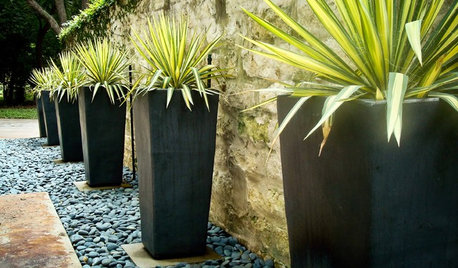
CONTAINER GARDENSWant Compelling Garden Minimalism? Think One Plant, One Pot
Highlight a show-worthy stunner or elevate a pedestrian plant by giving it a solo starring role in the garden
Full Story
FLOORSHow to Get a Tile Floor Installed
Inventive options and durability make tile a good choice for floors. Here’s what to expect
Full Story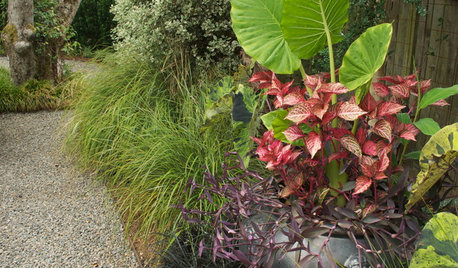
CONTAINER GARDENSSolve Your Garden Border Dilemmas With Planted Pots
Set your containers free from the patio — placed among plantings in the ground, they fill unsightly gaps, let you experiment and more
Full Story
HOUSEPLANTSOne Pot, One Big Shot of the Tropics
Give your rooms exotic flair in a single stroke. Tall Kentia palm fits the tropical bill beautifully
Full Story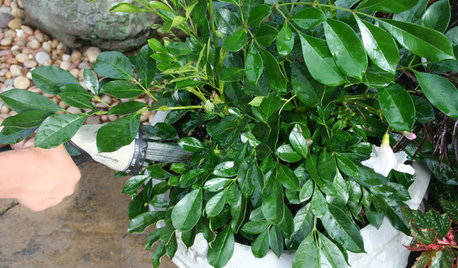
CONTAINER GARDENSContainer Garden Basics: How and When to Water Potted Plants
Confused about soil moisture, the best time to water and what watering device to use? This guide can help
Full Story
FIREPLACESRumford Fireplaces Are Hotter Than Ever
Higher efficiency and good looks are leading homeowners back to this 18th-century fireplace design
Full Story
FEEL-GOOD HOME9 Ways to Boost Your Home’s Appeal for Less Than $75
Whether you’re selling your home or just looking to freshen it up, check out these inexpensive ways to transform it
Full Story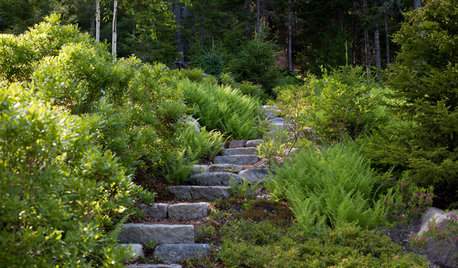
GARDENING GUIDESGreat Design Plant: Grow Blueberries for Their Fruit and More
Eastern gardeners should consider growing blueberry plants for their delicious fruits, bee-friendly spring blooms and brilliant fall foliage
Full Story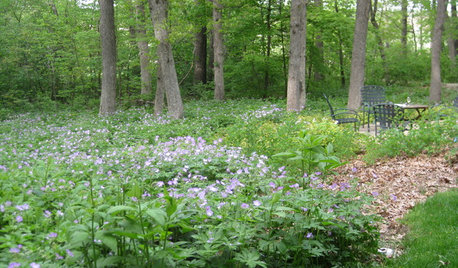
GARDENING GUIDESWe Bust 4 More Native Plant Myths
Have you been taken in by these fallacies about gardening with native plants?
Full Story
COLORBedroom Color: The Secret to More Sex and More Sleep
Look to surprising revelations about bedroom wall colors to get more of what you want
Full StoryMore Discussions




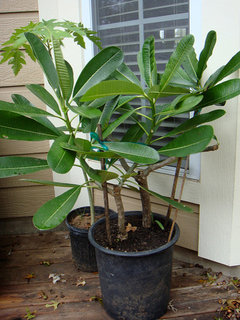

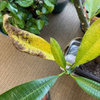
labland